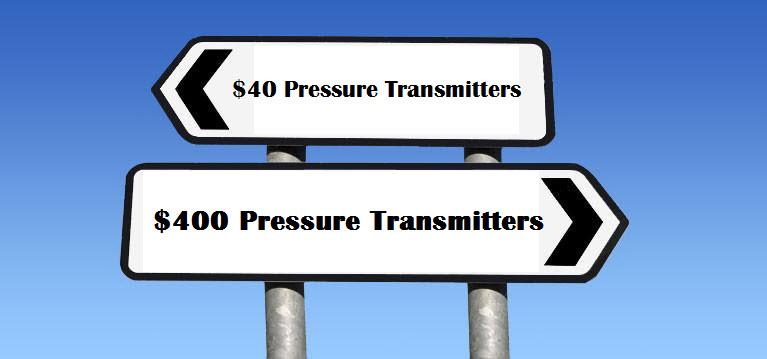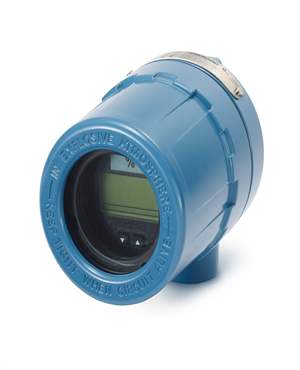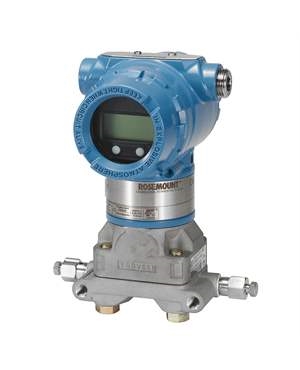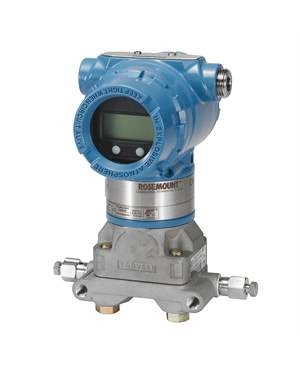Factors To Be Considered While Differentiating $40 and $400 Pressure Transmitters
Brian Craig
October 19, 2018
The pressure transmitters are used in the process industry for measuring several variables, such as temperature, pressure, flow, etc. With their importance slowly increasing, today, it is easy to find a wide variety of pressure transmitters in different specifications and prices ranging from $40 to $400. There are lots of factors that contribute to this price difference. Do you want to know how $40 pressure transmitters are different from $400 transmitter units? Read the post to know more.

Essential Factors To Be Considered While Purchasing a Pressure Transmitter
The following factors will help us to differentiate the cost of the pressure transmitters. So, let’s have a look at each one of them.
- Materials: This is one of the important factors that play a key role in the pricing. The accuracy and quality result depends on the type of material used in the pressure transmitters. The high-quality pressure sensors are made from materials like various steel grades, which helps ensure their durability and long-term performance. However, small value transmitters are made from cheaper materials, which may not survive the abusive environments in the process industry. Hence, they may not assure accuracy and results as their expensive counterparts.
- Configuration: It is very important to configure the pressure transmitter correctly, as the process outcomes are based on it. Making configurable sensors adds extensive cost, also increases inventory in terms of variety and volume. This process increases manufacturing complexity because you need to build the same product in various ways. Thus, $400 pressure transmitter offers a variety of options than a $40 pressure transmitter.
- Accuracy and Precision: These two things are not the same, however, they are frequently related. The term accuracy is related to the ability of the pressure-sensing device to match the true value or expected value. However, the term precision depicts the capability of the sensor to detect slight changes in the readings. When it comes to expensive transmitters, the error margin is set to 0.25% across the full scale. For example, if your pressure transmitter is designed for 100 psi, the sensor can have an error margin of 0.25 psi. However, in the cheaper transmitters, this error margin is set to 1% across the full scale. Hence, the error band becomes 4 times larger than the expensive ones. Also, you might notice other accuracy issues. When it comes to $40 pressure transmitter, the error margin is set to 1% for full scale which is four-time larger.
- Stability: Most pressure transmitters experience drift. This is caused by the bonded layers, which attach the sensors to the diaphragm. The output of the sensor may drift, once these layers start settling over the time. These drifts can be easily fixed during the calibration. $40 transmitter drifts more than $400 transmitter. Drifts can be reduced by using curing process, which involves pressuring of the sensors across the various temperature range.
Thus, smart transmitters are popular due to the sensor technology used in it. However, low-cost pressure transmitter has their own place. There are many applications which do not require higher accuracy as well as strict tolerances on drifts. If you are looking to buy an appropriate pressure transmitter then you should contact the reputed supplier like The Transmitter Shop. Over the thirty years, the company providing instrumentation needs.
Related Posts
- What are the Steps Involved in Calibrating Pressure Gauge?
- All Important Questions on Reconditioned Transmitters Answered
- Is Remanufactured Transmitter a Better Option than a New One?
- Differential Pressure Transmitters: How Do They Help in Flow Measurements?
- 3 Whats that Explain How Often You Should Calibrate Pressure Transducer
- Guidelines for Troubleshooting Pressure Transducers
- Learn How to Calibrate a Pressure Transmitter – II
- Learn How to Calibrate a Pressure Transmitter
- Know Three Interesting Uses of Pressure Transmitters
- Things to Check before Buying a New Pressure Transmitter
- A Look at Various Types of Industrial Transmitters – Part II
- A Look at Various Types of Industrial Transmitters Part I
- All Questions on Smart Transmitters and their Calibration Answered
- 3 Major Pressure Transmitter Technologies That Made the Device Popular
- An Unconventional Guide to Selecting the Right Pressure Sensor
- Factors To Be Considered While Differentiating $40 and $400 Pressure Transmitters
- Tips to Augment the Performance and Service Life of Pressure Transmitter
- Factors of Consideration When Choosing Pressure Transmitters
- 5 Most Popular Pressure Transmitter Technologies
- Tips to Improve the Performance of Pressure Sensors
- Factors to Consider When Choosing a Pressure Transmitter Manifold
- Safety Tips for Differential Pressure Transmitter Operation
- Impact of Shock and Vibration on Pressure Transducer
- Rosemount 3051S vs 3051C Transmitter – What is Your Choice?
- Rosemount 2088 Vs Rosemount 3051 – A Few Points of Differences Discussed
- Difference in Conventional Transmitters and Smart Transmitters
- How to Choose Diaphragm Seals for Your Application?
- How to Select Pressure Transmitter for Your Application?
- Remote Seals: Significance, Working Principle & Applications
- How Do You Calibrate A Flow Transmitter?
- What is Absolute Pressure Transmitter & how does it work?
- HART Communication Protocol: Overview, Working Principle, Benefits in Industrial Automation
- Absolute and Gauge Pressure Transmitters - Overview and Working Principle
- Flow Meter vs Flow Transmitter: Know the Difference
- How Do You Test for 4 to 20mA Signal in a Pressure Transmitter?
- Multivariable Transmitter: What Is It and How Does It Work?
- Pressure Transmitters vs. Pressure Transducers: Learn the Differential Characteristics
- Procedure to Calculate Accuracy of Pressure Transmitter Discussed
- Testing Pressure Gauges: Processes of Verification Test and Functional Test
- An Ultimate Selection Guide for Flow Transmitters
- The Benefits and Challenges of HVAC System Balancing
- Fluid Flow Isolation Techniques for Pressure Instrumentation
- Understanding Pressure Ranges and Units for Fluid System Monitoring
- Understanding the Impact of Pressure Fluctuations on Drying Performance
- Monitoring and Controlling Energy Production in Power Plants
- Common Challenges in Air Flow Measurement and How to Overcome Them
- Pressure Monitoring in Pump Systems: A Comprehensive Guide
- Exploring Density and Viscosity Measurement in Industrial Processes
- Pneumatic Pressure Controllers: A Safe Choice for Hazardous Areas
- A Practical Guide to Vacuum Measurement and Operation
- Complete Hydrogen Gas Safety and Measurement Solutions
- Steam Boiler Drum Level Measurement A Comparison of Control System Technologies
- Furnace Flame Sensor Faults Everything You Need to Know for Safe Operation
- Comparison between Multi Valve Manifolds Block Valves and Bleed Valves
- Pneumatic Pressure Controllers: A Safe Choice for Hazardous Areas
- Furnace Flame Sensor Faults Everything You Need to Know for Safe Operation
- Pneumatic Pressure Controllers: A Safe Choice for Hazardous Areas
- How Can Greenhouse Gas Emissions Be Reduced?
- A Practical Guide to Vacuum Measurement and Operation
- Understanding Electrochemical Detection: Principles, Techniques and Environmental Application
QUICK ENQUIRY







